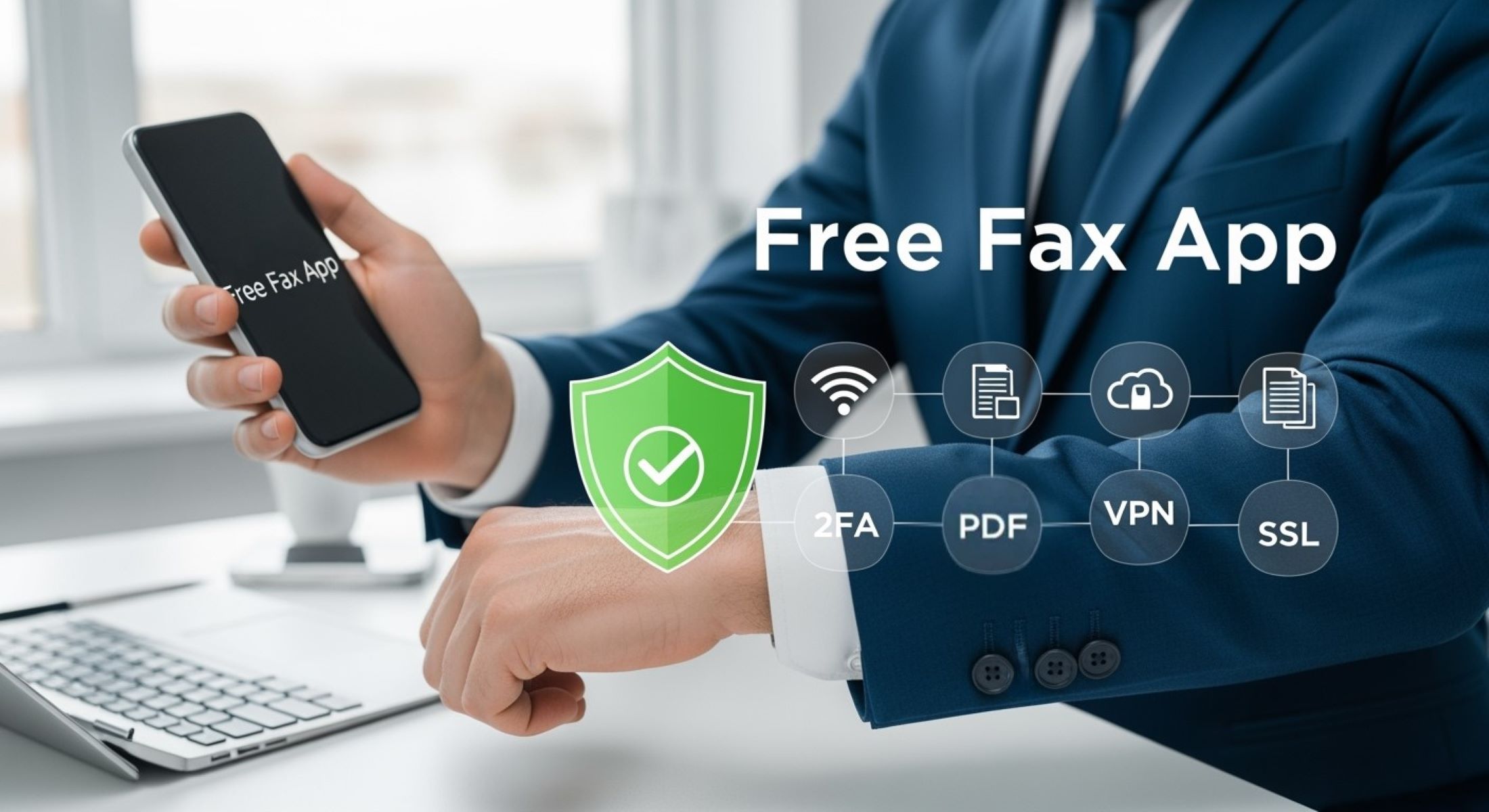Maybe you’re dealing with sensitive information, sharing an anonymous tip, or simply trying to keep things under wraps. Regardless of the reason, knowing how to send a document without the recipient knowing who sent it, when, or from where can be incredibly useful. In this detailed guide, we’ll walk you through all the sneaky (but legal) tricks to pull it off. So, if you’re ready to go undercover, let’s dive in.
Why Would You Want to Send a Document Anonymously?
Sending a document anonymously isn’t always about secrecy for secrecy’s sake. In fact, many people have perfectly valid and ethical reasons for wanting to keep their identity hidden when sharing information. For example, whistleblowers often find themselves in situations where revealing wrongdoing inside corporations or government bodies could put their jobs, reputations, or even personal safety at risk. By sending documents anonymously, they can expose corruption, fraud, or unethical behavior without fear of direct retaliation, making it a powerful tool for justice and accountability.
Another common scenario involves people who want to send tips or evidence to journalists, investigators, or advocacy groups. These individuals may possess important information that the public deserves to know but are hesitant to step into the spotlight. Anonymity allows them to provide critical insight without being dragged into unwanted attention or harassment. This protective layer encourages more people to come forward, which ultimately helps shine a light on issues that might otherwise remain hidden.
Sometimes, people simply want to avoid personal or professional backlash. In sensitive situations—like reporting harassment, abuse, or unfair treatment—fear of retaliation can silence victims or witnesses. An anonymous document lets them speak up safely, helping to create a safer environment for everyone. Moreover, creatives who want to share early drafts or controversial ideas without risking judgment or theft may also choose anonymity as a way to protect their intellectual property while still seeking feedback or collaboration.
In essence, the need for anonymous document sharing stems from a desire for security, freedom of expression, and protection against harm. It’s about creating a safe channel for truth and creativity without the fear of personal consequences. If any of this resonates with you, know that you’re part of a broader community who understands the power and necessity of keeping their identity confidential when sharing sensitive information.
Is It Legal to Send Anonymous Documents?
| Aspect | Explanation | Legal Considerations | Common Restrictions | Best Practices |
| General Legality | Sending anonymous documents is generally legal in most countries. | Laws usually allow anonymity as long as the documents don’t violate other laws. | Illegal content such as threats, defamation, or classified information can lead to prosecution. | Ensure the content is lawful and ethical before sending anything anonymously. |
| Content Legality | The legality depends heavily on what the document contains. | Documents with slander, harassment, copyright violations, or incitement to violence are illegal. | Even anonymous sharing of copyrighted material or trade secrets can lead to legal action. | Verify that your document does not contain anything that could be deemed harmful or illegal. |
| Intent Behind Sending | The purpose of sending anonymous documents matters legally and ethically. | Whistleblowing and reporting wrongdoing are often protected by law in many countries. | Using anonymity to commit fraud, spread false information, or harm others is punishable by law. | Use anonymous document sharing for ethical reasons like whistleblowing or protecting personal safety. |
| Jurisdictional Differences | Laws vary by country and sometimes by state or region regarding anonymous communication. | Some countries have stricter controls on anonymous communication, especially where national security is involved. | In some places, anonymous whistleblowers have legal protections; in others, they may face risks. | Research local laws before sending anonymous documents to ensure compliance with regional regulations. |
| Risks and Consequences | Although sending documents anonymously may be legal, there can be risks if misused. | Legal action can be taken if documents cause defamation, breach contracts, or violate privacy laws. | Anonymous senders may still be traced or exposed in court if investigations demand it. | Maintain ethical standards and consult legal advice if unsure about the content or intent of the document. |
Common Mistakes That Reveal Your Identity
- Sending a document from your personal email account, which directly links the file to you.
- Failing to remove metadata embedded in documents, such as author name, timestamps, and editing history.
- Uploading or sharing files via platforms that log IP addresses, exposing your location and activity.
- Using your personal Wi-Fi or home internet network, making it easy to trace your physical location.
- Including personal or identifiable details in the filename, like dates, initials, or project codes.
- Neglecting to clear browser cookies and cache before accessing anonymous services, leaving digital traces.
- Using mobile networks without protection, allowing your IP or SIM details to be tracked.
- Forgetting to disable auto-sync or backups on devices, risking uploads to cloud services tied to your identity.
- Sending unencrypted documents over insecure channels, risking interception by third parties.
- Sharing documents via social media or messaging apps without end-to-end encryption or privacy safeguards.
- Using weak or reused passwords for anonymous accounts, risking breaches that reveal your identity.
- Trusting public computers or networks without additional privacy tools like VPNs or Tor.
- Overlooking digital watermarks or hidden tracking codes embedded in files that trace back to the source.
- Being careless with physical copies, which can expose identity through handwriting or other physical clues.
- Not reviewing the document’s content for accidental self-disclosure, such as writing style or personal anecdotes.
The Key Ingredients of Anonymous Document Sharing
When it comes to sharing documents anonymously, there are several crucial principles you need to fully understand and apply. The first and most important step is to hide your IP address. Your IP acts like a digital home address, revealing your physical location and internet provider. If you don’t mask it, anyone with enough technical knowledge can trace where the document originated. Tools like VPNs or the Tor network help conceal this information, making it much harder for anyone to connect the dots back to you.
Another essential step is scrubbing metadata from your files before sending them out. Metadata is like the hidden diary of your document — it holds all sorts of details such as who created it, when it was edited, and even what device was used. This information can serve as a digital fingerprint, exposing your identity even if the content itself seems harmless. Removing metadata is a critical safeguard to ensure your document stays clean and anonymous.
Using anonymous accounts for sending or sharing your document is also key. If you send something through an account linked to your personal identity, your efforts at anonymity are instantly compromised. Creating and using accounts that don’t carry your real name, phone number, or other identifiable info keeps your identity separate from the message, allowing you to maintain privacy throughout the process.
Finally, choosing encrypted tools and avoiding personal devices can greatly enhance your anonymity. Encrypted communication platforms protect your document from interception, ensuring that only the intended recipient can read it. Meanwhile, using devices that aren’t linked to your everyday digital footprint prevents connections back to you, which might happen if you send files from your personal computer or smartphone. Together, these strategies build a strong foundation for truly anonymous document sharing.
Using Temporary or Burner Emails
| Aspect | Description | Why It Matters | Examples | Best Practices |
| Purpose | Temporary or burner emails help keep your identity hidden. | They prevent your personal email from being linked to anonymous activities. | ProtonMail, Tutanota, Guerrilla Mail, 10MinuteMail | Use these instead of your personal email to stay anonymous. |
| Signup Requirements | Some require no personal information or allow anonymous signups. | Limits the amount of personal data collected, enhancing privacy. | ProtonMail supports anonymous signup with Tor; Tutanota requires no personal info. | Avoid giving any identifying information during signup. |
| Lifespan | Many burner emails are temporary, lasting minutes to days. | Limits long-term tracking and reduces risk of data exposure. | Guerrilla Mail offers a temporary inbox; 10MinuteMail is ideal for one-time use. | Use emails that automatically expire after use. |
| Access Method | Accessing via Tor or VPN hides your IP address. | Prevents tracing the email activity back to your location. | ProtonMail and others work well with Tor or VPN. | Always connect through Tor or VPN when accessing burner emails. |
| Verification Avoidance | Avoid using your phone number or real name for verification. | Keeps your identity unlinked to the burner account. | Avoid linking phone or personal info on signup or recovery options. | Never use personal identifiers for verification. |
Hiding Metadata from Your Files
- Understand that most common document types, such as Word files, PDFs, and images, contain metadata that can reveal information about you, including author name, creation dates, and editing history.
- Before sharing, always check for and remove metadata to prevent unintentional exposure of your identity.
- For Microsoft Word or Excel documents, use the built-in document inspector by navigating to File > Info > Check for Issues > Inspect Document to find and remove personal information like author names and timestamps.
- In Word or Excel, after inspection, manually remove all detected personal information fields such as author, last modified by, and hidden text or comments.
- For PDF files, use specialized software to scrub metadata, such as PDF Redact Tools on Linux or Unix systems which allow detailed removal of hidden data.
- Adobe Acrobat provides a “Remove Hidden Information” tool that scans PDFs for metadata and sensitive content, giving options to securely delete them.
- Another effective PDF editor is PDF-XChange Editor, which includes features to view and clear metadata embedded in your files.
- Always double-check the file after metadata removal to ensure no sensitive information remains visible in properties or hidden layers.
- For images, metadata such as EXIF data can include camera model, location, and date; use image editing tools or metadata removal apps to strip this information before sharing.
- Avoid sending documents that were edited on devices or applications that automatically insert identifying metadata without a way to remove it.
- Remember that simply renaming the file does not remove metadata; you must use proper tools and procedures designed for metadata removal.
- When working with multiple file types, ensure you apply the correct metadata removal technique for each format to maintain your anonymity.
- Consider converting documents into plain text or printing to PDF (with metadata disabled) as additional steps to minimize metadata traces.
- Finally, stay updated on new tools and methods for metadata removal since software updates or new file formats may introduce new types of embedded data.
Sending Files via Anonymous Cloud Services
When you want to share files without linking them to your personal email or cloud storage accounts, anonymous cloud services are your best bet. These platforms allow you to upload and share documents without revealing your identity or leaving a digital trail connected to your regular accounts. The key here is to use services that don’t require personal information to sign up and don’t log your IP address or other identifying data.
One of the most reliable options is OnionShare, which runs over the Tor network and offers unlimited file size without tracking your IP. Because it uses Tor, your connection is anonymized, and the files are shared directly between users without going through a centralized server. This means there’s no storage of your data or logs that could link you to the shared files, making it ideal for truly private exchanges.
Other tools like Firefox Send (though discontinued officially) inspired open-source clones that allow file sharing with limits on file size but include self-destruct features. These self-destruct mechanisms automatically delete the file after it’s downloaded or after a set period, further reducing the risk of your document being accessed by unintended parties. These services generally don’t track your IP either, providing an added layer of anonymity.
Free services like WeTransfer also allow anonymous sharing to some extent but may track limited information such as IP addresses for a short time and have stricter file size limits. Similarly, File.io lets you upload smaller files with automatic deletion after download, ensuring your files don’t linger on their servers. The bottom line is, for anyone serious about maintaining privacy while sending files, choosing platforms with strong anonymity features and minimal logging is essential.




